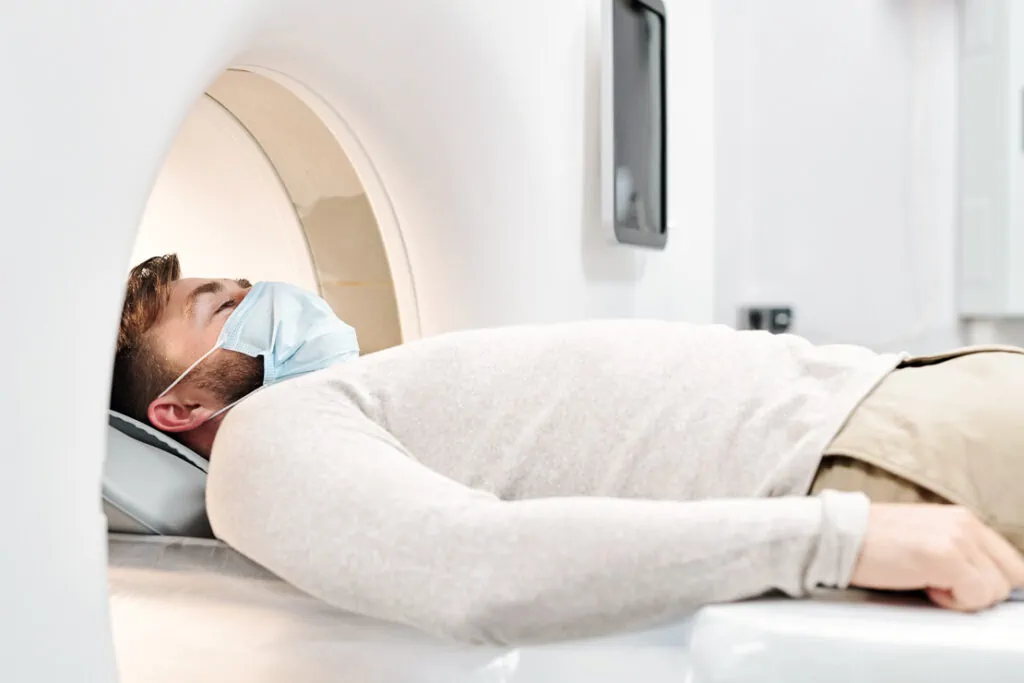- By Miriam Friedmann
The electronic patient record (ePA) in Germany: potential for physicians

The problem: Health data is stored in different places in medical practices
You are probably familiar with this from your own day-to-day practice: sharing diagnoses often involves a considerable amount of administrative work - and each practice or location keeps to its own findings. In this way, revealing knowledge about the patient's state of health cannot be developed on an interdisciplinary basis.
The three advantages of the ePA at a glance
This is changing with the electronic patient file: it brings with it a great deal of potential for medical practices and hospitals. The biggest advantages are obvious:
1. Quick and easy access to patient information
Gone are the long days of leafing through medical records or requesting reports from colleagues: The ePA provides a comprehensive overview of a patient's health status, including previous diagnoses, medications and treatments.
Language barriers or dementia in patients can also make decisions more difficult because you, as a physician, may have incomplete information. However, if you work with the electronic patient file, you have access to the released data of your colleagues at any time. This allows you to make better informed decisions and, for example, prevent drug interactions or adjust your treatment accordingly.
2. Reduced workload
The big advantage of the ePA is that it stores all information centrally eliminating the need for cumbersome switching between different systems. The result: you can concentrate on the essentials, namely patient care.
This should put an end to the times when saving or reading in findings held up processes in practices, patient IDs posed puzzles or queries to another practice took up unnecessary time.
In short: With the electronic patient file, the administrative effort decreases considerably.

3. Simplified communication
The ePA not only offers you advantages in your everyday practice, but also when communicating with other healthcare providers. The stored information can be exchanged quickly and easily. This means that everyone involved is always up to date, and decisions can be better coordinated.
The image data issue
However, one problem remains for the time being: So far, the legislator does not provide for physicians such as radiologists to store image data in their patient's electronic medical record. Although this should be possible at some point, the medical information objects (MIO) have not yet been specified for this purpose.
However, images are essential for the diagnosis, for example in the context of a follow-up, especially in chronically ill people.
Store image data in the ePA already now
Because we at Telepaxx understand the importance of image data, we already offer a pragmatic solution for physicians to store diagnostic image data in the ePA:
A PDF saved in the electronic patient file with a QR link to the image data. You generate this simply and easily via our GDPR-compliant, cloud-based data sharing platform.
Conclusion: Use the ePA already now to store image data
From our point of view, it is clear that you as a healthcare professional can already position yourself well to use ePA to add value for your colleagues, your patients and yourself.
For radiologists in particular, we see great potential if you already use the patient file in combination with our cloud solution for efficient and technology-independent image data management.
After all, word gets around among colleagues and patients if your service, and therefore working with you, is straightforward.
FAQs about the ePA
The issue of data protection is naturally a particular focus of attention with the ePA. Only authorized persons have access to the electronic patient record. These primarily include doctors, but other healthcare providers such as nurses or pharmacists can also access the ePA under certain conditions. Access is via a special system that ensures secure authentication and encrypted transmission of data.
The data in the ePA is collected by various healthcare facilities such as hospitals, doctors' offices or pharmacies and stored in the ePA. The data is recorded in a standardized format to ensure uniform recording and transmission.
The ePA can be viewed by any authorized physician, whether the patient changes doctors or not. This allows the new physician to quickly and easily access all relevant health information and adjust treatment accordingly.
Data security is an important aspect of the ePA. The ePA is based on a secure infrastructure that ensures encrypted transmission of data and secure authentication of users. The data is stored and processed in accordance with the applicable data protection regulations.

Initial Consultation
You want to save images in the ePA?
Feel free to contact me to learn more about how Telepaxx Medical Data's cloud-based solutions can help you store medical image data GDPR-compliant in the electronic patient record for your patients as well as for doctors and therapists who continue to treat them.
Other articles that may interest you.

Modern teleradiology: efficient image exchange in the cloud
Cloud technologies are revolutionizing teleradiology an therefore the daily work of radiologists. Read our article to find out how the Radiation Protection Act defines teleradiology and how the cloud can be used.

The medical physics expert: role and tasks
The medical physics expert must be involved in certain radiological examination procedures. This blog post summarizes the tasks of a medical physics expert.

Radiation protection in radiology in a nutshell
Learn about the German Radiation Protection Act, that regulates e.g, that radiation doses must be documented digitally.